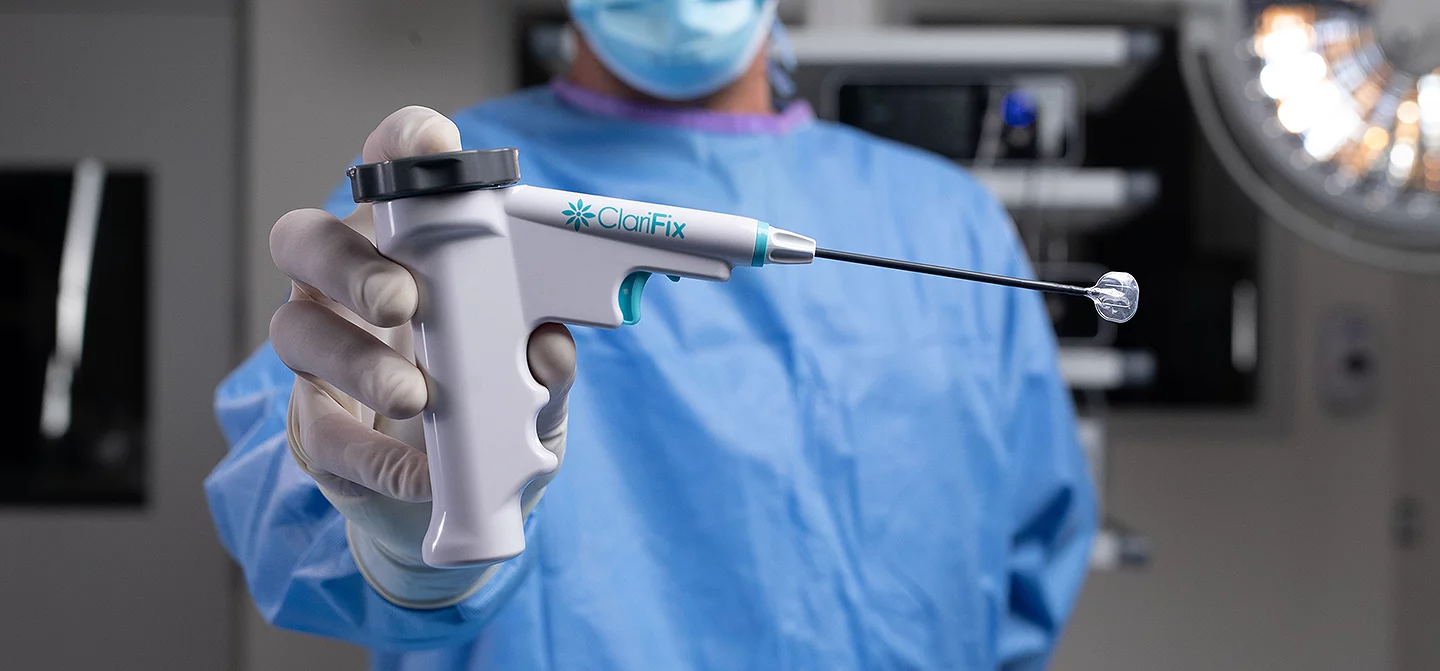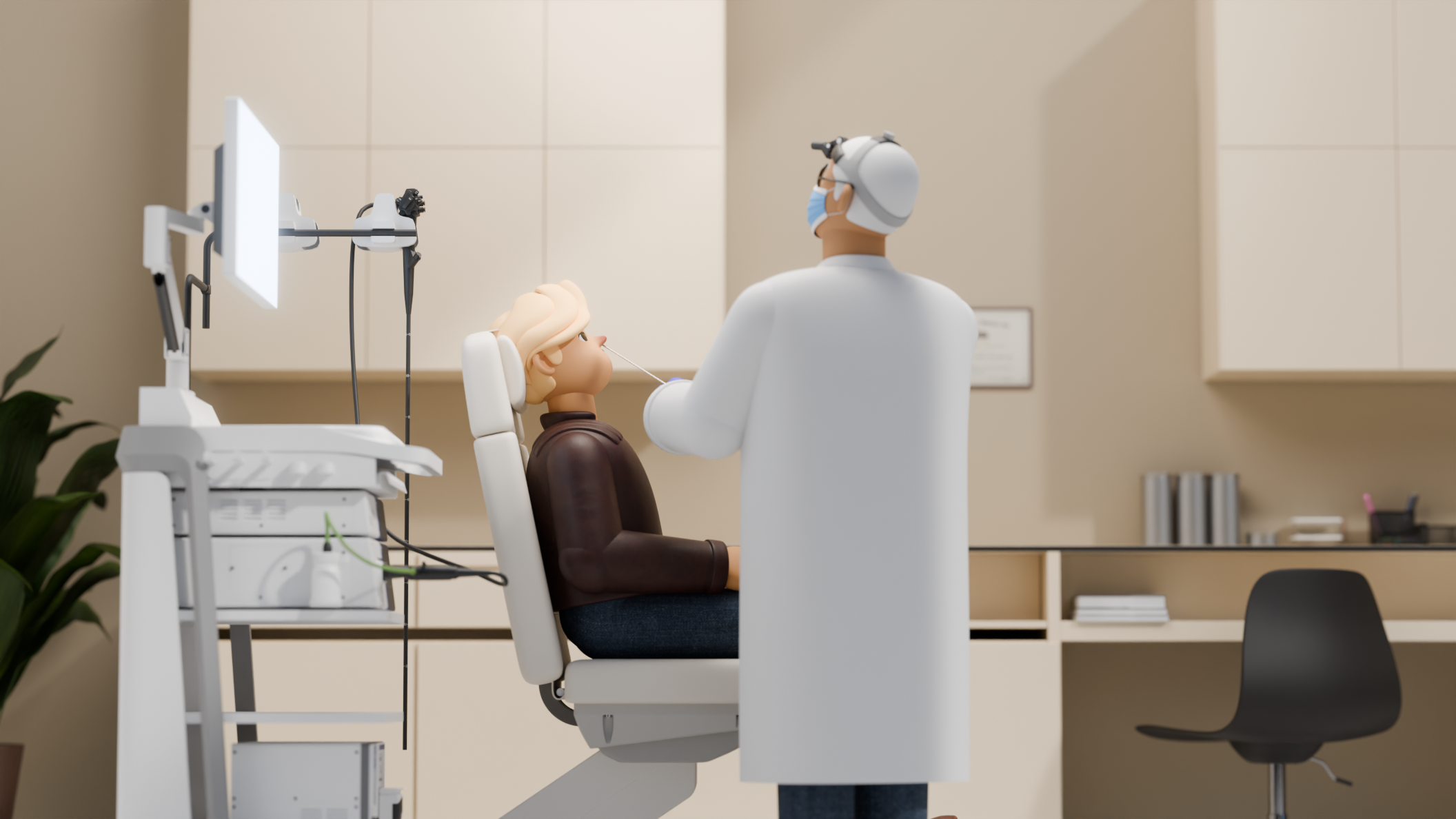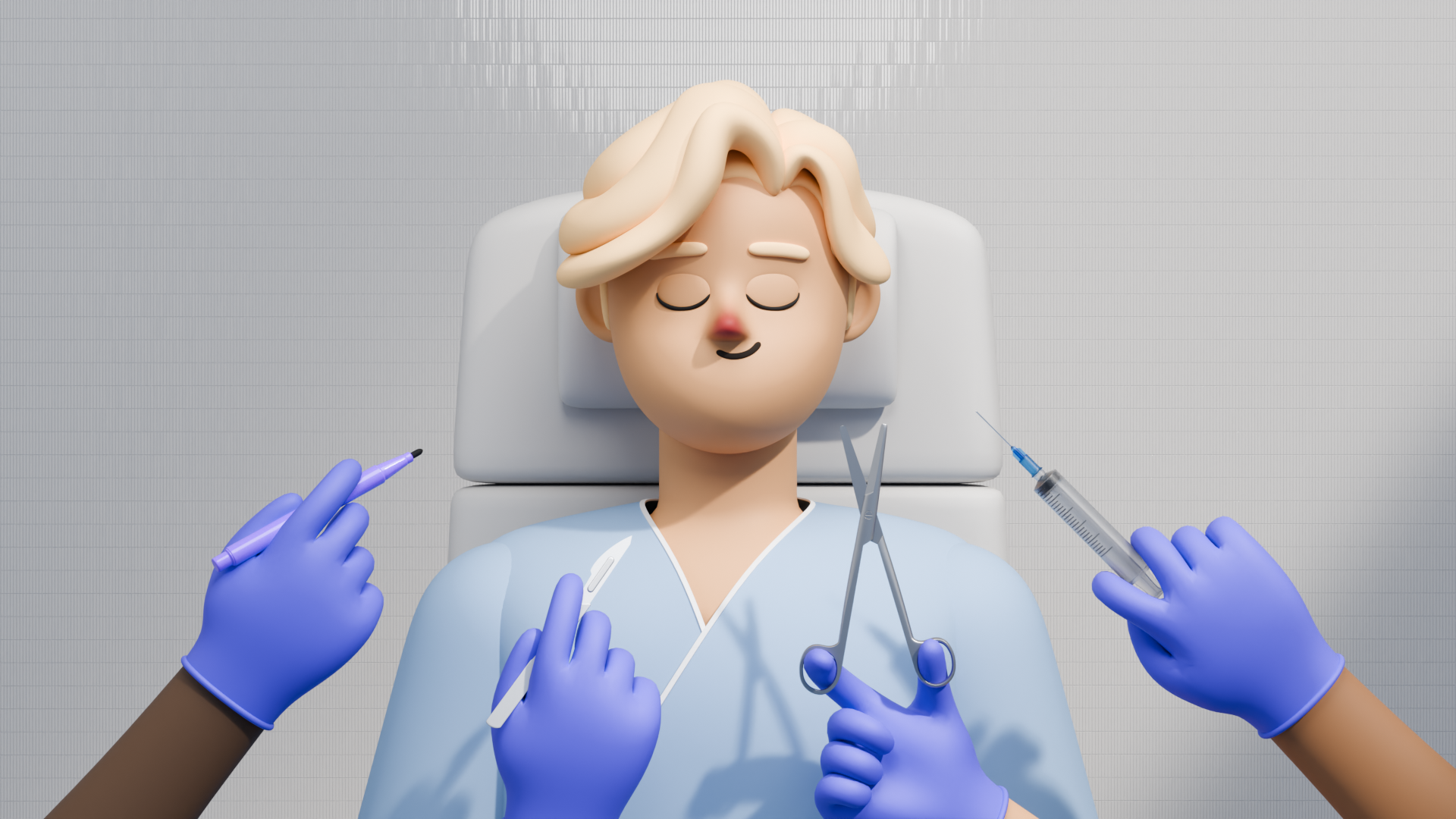Balloon Sinuplasty: Quick Relief for Chronic Sinusitis
Are you tired of constant nasal congestion, persistent facial pressure, and never-ending sinus headaches? Chronic sinusitis, medically known as chronic rhinosinusitis (CRS), is more than just a minor inconvenience—it can drain your energy, affect your productivity, and diminish your overall quality of life day after day. If you’ve tried medications, nasal sprays, and home remedies without lasting success, balloon sinuplasty may be an option worth discussing with your healthcare provider. This modern, minimally invasive procedure may offer quicker relief with fewer risks and shorter recovery times compared to traditional surgery for many patients.
In this comprehensive guide, you’ll learn what balloon sinuplasty involves, when it might be appropriate for you, what to expect during and after the procedure, its benefits and potential risks, and answers to common questions. If you’re exploring options for long-lasting sinus relief, read on to discover whether balloon sinuplasty could be the solution you've been waiting for.
When to Consider Balloon Sinuplasty

Understanding Chronic Sinusitis: Symptoms & Causes
Chronic sinusitis is a condition characterized by prolonged inflammation and swelling of the sinuses’ lining, lasting 12 weeks or more despite treatment. It affects millions worldwide and is associated with symptoms such as:
- Persistent nasal congestion or a stuffy nose
- Facial pain or pressure, especially around the cheeks, forehead, or between the eyes
- Frequent headaches that don’t respond well to typical remedies
- Thick, discolored nasal discharge
- Postnasal drip causing throat irritation
- Nighttime coughing due to mucus drainage
Your sinuses are air-filled cavities with narrow drainage pathways. When these passages become blocked by inflammation, infection, allergies, or anatomical factors like a deviated septum, mucus builds up, causing pressure and the symptoms above. For instance, pollen allergies may cause chronic swelling that narrows sinus openings, increasing the chance of infections.
When standard treatments such as antibiotics, nasal steroids, antihistamines, or saline irrigation fail to adequately relieve symptoms, surgical options like balloon sinuplasty may be considered[1]. Identifying the right treatment starts with a proper diagnosis and evaluation.
Who is a Good Candidate?
Balloon sinuplasty is typically suited for patients with chronic sinusitis caused mainly by blocked sinus drainage pathways, who do not have extensive nasal polyps or fungal infections. It is less appropriate when removal of significant tissue is required.
You may be a candidate if you:
- Experience persistent sinus symptoms despite consistent medical treatment
- Have imaging (such as CT scans) revealing narrowed or blocked sinus drainage pathways
- Do not have severe nasal polyps or fungal sinus disease, which usually require traditional endoscopic sinus surgery
As Dr. Karen Mills, an experienced ENT specialist, advises: Balloon sinuplasty provides a less invasive option for many patients, offering symptom relief without cutting or removing tissue. But thorough assessment is crucial to select the best treatment for each individual.
Your ENT provider will evaluate your symptoms, medical history, and imaging to determine if balloon sinuplasty is appropriate for you. Every case is unique, so personalized medical advice is essential.
Step-by-Step Balloon Sinuplasty Procedure
What to Expect Before the Procedure
Before the procedure, you will undergo a detailed evaluation by your ENT physician, generally including a sinus CT scan. This imaging helps map your sinus anatomy and pinpoint blockages for precise treatment planning.
You may be asked to:
- Avoid blood-thinning medications like aspirin or certain supplements before the procedure, as they can increase bleeding risk
- Fast for several hours if sedation is planned
- Inform your provider about any allergies, especially related to anesthesia or medications
- Arrange for transportation home, since sedation may cause grogginess
Proper preparation helps ensure your procedure is safe and comfortable. Following pre-procedure instructions carefully supports the best outcomes.
The Procedure Explained
Balloon sinuplasty is usually performed in an outpatient setting, allowing patients to go home the same day. The total time is typically one to two hours, depending on how many sinuses require treatment.
Here’s a step-by-step overview:
- Anesthesia: Local anesthesia with or without light sedation is commonly used. This keeps you comfortable and awake, enabling faster recovery.
- Access: A thin, flexible catheter is gently inserted through the nostril and guided to the blocked sinus opening using an endoscope (a small camera).
- Balloon Inflation: A tiny balloon at the catheter’s tip is slowly inflated. This balloon gently pushes open the narrowed sinus drainage pathway. (This step is analogous to balloon angioplasty used in cardiology, but applied to sinus passages.)
- Deflation and Removal: After dilation, the balloon is deflated and removed, leaving the sinus passages wider for improved drainage.
Unlike traditional sinus surgery, this procedure involves no cutting or removal of bone or soft tissue, resulting in less invasiveness and generally quicker recovery[1]. It preserves your nasal anatomy while addressing the root cause of the blockage.

Post-Procedure Overview
Most patients recover comfortably at home shortly after treatment. You’ll be monitored briefly to check for immediate issues. Some mild congestion, slight bloody drainage, or facial pressure may occur for a few days but usually resolve quickly.
Tenderness or minor discomfort around the sinuses may be felt, but serious complications are rare when performed by an experienced provider. Discuss any concerns or symptoms with your physician promptly.
Benefits of Balloon Sinuplasty
Minimally Invasive with Less Tissue Damage
The key benefit of balloon sinuplasty lies in its minimally invasive technique. Unlike traditional sinus surgery, which often involves cutting and removing bone or mucosal tissue, balloon sinuplasty uses controlled dilation to gently open blocked sinuses. This reduces pain, bleeding, and risk of scarring or complications[1].
For patients, this means a gentler procedure that respects nasal anatomy and typically causes less discomfort. Preservation of tissue supports faster healing.
Faster Recovery Compared to Traditional Sinus Surgery
Since balloon sinuplasty is less invasive, most patients resume normal activities within a few days. Traditional sinus surgery may require weeks of healing and, at times, hospitalization. Balloon sinuplasty is often completed as an outpatient, limiting downtime.
Jessica, a recent patient, shared: I was amazed at how quickly I recovered. By day two, much of the pressure and congestion had eased—I felt like myself again. Individual recovery times vary, so follow your provider’s guidance.
Reduced Risk of Complications
Balloon sinuplasty generally carries a lower risk of complications such as bleeding, infection, or inadvertent damage to surrounding tissues like the eyes or brain compared to traditional endoscopic sinus surgery[2][1]. However, serious complications, although very rare, can occur.
Providers thoroughly discuss potential risks with patients before treatment. Informed consent and awareness of risks are essential components of care.
Long-Term Symptom Relief and Quality of Life Improvements
Multiple clinical studies show that most patients experience lasting symptom improvement after balloon sinuplasty, with better nasal airflow, less facial pressure, and often enhanced sense of smell.
Research published in the American Journal of Rhinology & Allergy reports sustained benefits lasting months to years for many patients, reflecting meaningful quality-of-life gains[2]. Patient experiences vary, and outcomes depend on individual health factors and adherence to postoperative care.
Balloon sinuplasty may provide significant relief and a positive impact on daily life for many people.
Risks & Recovery
Potential Risks and Complications
All medical procedures carry some risk. Potential risks with balloon sinuplasty include:
- Mild bleeding or nasal discomfort
- Sinus infection
- Unintended tissue injury (typically minimal)
- Rare but serious complications such as cerebrospinal fluid (CSF) leak or injury to adjacent structures[1][2]
An experienced ENT surgeon evaluates your individual risk based on health status and imaging findings. Open communication regarding your concerns and questions improves safety and decision-making. Always seek guidance tailored to your situation.
Recovery Timeline and Expectations
Recovery from balloon sinuplasty is generally quick. Most patients notice significant improvement within days and achieve full recovery in about one week. During this time, you might experience:
- Mild nasal congestion or drainage
- Slight facial tenderness or pressure
- Minor nasal bleeding or crusting
Symptom management typically includes over-the-counter pain relievers and saline nasal sprays. Avoid strenuous activities, heavy lifting, or forceful nose blowing for approximately one week to promote healing.
Symptom improvement may begin soon after treatment, though full resolution can take several weeks as inflammation subsides and sinus function normalizes. Patience and adherence to aftercare instructions support optimal healing.
Results Timeline
Immediate and Short-Term Results
Many patients report relief from sinus pressure and congestion almost immediately after balloon sinuplasty. One patient described it as “feeling like a weight was lifted off my face.” Breathing often becomes easier within days, and facial discomfort decreases.
Long-Term Outcomes
Long-term data indicate that balloon sinuplasty provides durable results for many patients. Most retain improved sinus drainage and symptom relief for months to years post-procedure, reducing sinus infections and improving nasal airflow[2].
Your ENT specialist will schedule follow-ups to monitor healing and address any ongoing concerns to optimize outcomes. Continued medical care helps maintain sinus health over time.
Aftercare Tips for Optimal Healing
Managing Symptoms Post-Procedure
To promote healing and comfort after balloon sinuplasty:
- Use saline nasal sprays or rinses as directed to clear mucus and debris
- Avoid irritants such as cigarette smoke, strong perfumes, and household chemicals
- Stay well-hydrated and rest adequately
- Take prescribed medications for pain or inflammation strictly according to instructions
Lifestyle Tips to Prevent Recurrence
Maintaining sinus health long-term involves:
- Managing allergies with appropriate treatments like antihistamines or allergy immunotherapy
- Avoiding known sinusitis triggers such as tobacco smoke, high pollution environments, and dry indoor air
- Attending regular ENT follow-ups to monitor sinus condition and detect problems early
Proactive care supports lasting sinus wellness beyond the procedure.
Frequently Asked Questions (FAQs)
What exactly is balloon sinuplasty?
Balloon sinuplasty is a minimally invasive procedure that uses a small, flexible balloon catheter to gently open blocked sinus passageways and restore natural drainage.
How does it differ from traditional sinus surgery?
Unlike traditional surgery, balloon sinuplasty does not involve cutting or removing bone or tissue, leading to less pain, quicker recovery, and fewer risks[1].
Is balloon sinuplasty painful?
Most patients experience mild discomfort rather than pain, thanks to local anesthesia and the gentle, non-invasive technique.
How long does the procedure take?
The procedure usually lasts between one and two hours, including preparation and recovery.
What should I expect during recovery?
Most people can resume normal activities within a few days. You may have minor congestion, drainage, or facial pressure in the days following treatment.
Are there any risks or side effects?
Risks are generally minor and include bleeding, infection, or very rare complications such as cerebrospinal fluid leak[2]. Your provider will thoroughly discuss these risks before treatment.
Can balloon sinuplasty be repeated if symptoms persist?
Yes, in some cases, the procedure can be safely repeated if necessary.
Will insurance cover balloon sinuplasty?
Coverage varies by plan. Many insurance providers cover balloon sinuplasty when it is deemed medically necessary. Be sure to check with your insurance provider for specific details.
Book an Appointment
If chronic sinus symptoms continue to interfere with your life despite medications or home treatments, balloon sinuplasty may be an option to consider in consultation with an experienced ENT specialist. Early evaluation and treatment can help you regain comfort and improve daily functioning.
To learn more or schedule a consultation, contact our sinus care team today. Relief from chronic sinusitis might be just one appointment away!
References
- StatPearls: Balloon Sinuplasty
- American Journal of Rhinology & Allergy: Balloon Sinuplasty Safety and Efficacy
This article is for educational purposes only and is not medical advice. Please consult a qualified healthcare provider for diagnosis and treatment.
Balloon sinuplasty can be a safe and effective solution for many with chronic sinusitis when selected and performed appropriately. With expert care and informed decisions, you may breathe easier and enjoy life more fully.
Don’t let allergies slow you down. Schedule a comprehensive ENT and allergy evaluation at Sleep and Sinus Centers of Georgia. We’re here to find your triggers and guide you toward lasting relief.






